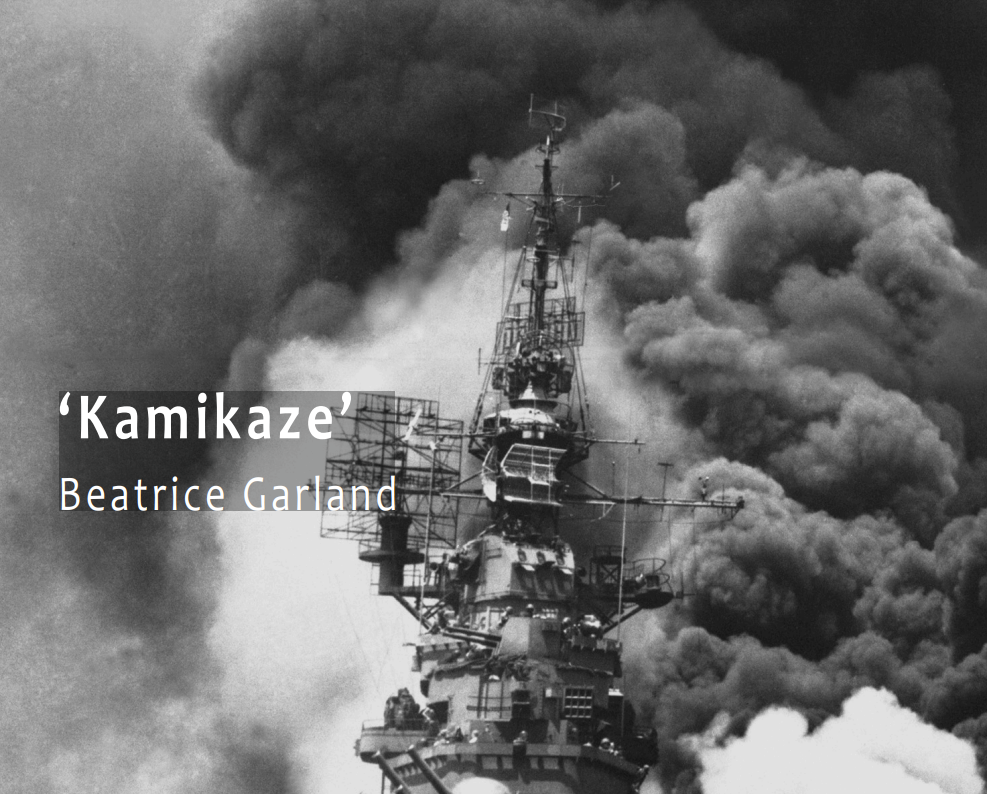Who is the Speaker in ‘Kamikaze’ + Structural Analysis of the Poem
Beatrice Garland’s ‘Kamikaze’ can be a bit confusing at first - and one of the common questions I get asked as a tutor is ‘who is the actual speaker?’. It’s not an easy question. There are a lot of different voices in the poem, so it’s important to get it right if you’re analysing it for an essay. Hopefully, this page will help you to understand it more - bear in mind that analysing the speaker is considered a high level thing to do in poetry essays, so you only need to bother with it if you’re aiming for Grades 7-9.
First, let’s look at the opening of the poem and see what you think:
Her father embarked at sunrise
with a flask of water, a samurai sword
in the cockpit, a shaven head
full of powerful incantations
So we are introduced to the poem with the phrase ‘her father’ - the subject is a woman, and the woman’s father. The person speaking is neither of these people - it is another third person telling the story. This is actually an important technique that Garland uses - she recounts the story from a distanced perspective to give us a wider view of the impact of war across generations of people, as well as time. We can also say that this poem begins in medias res - it places us right in the middle of the action and expects us to keep up.
Later on, there is further narrative fragmentation - meaning that more voices start to come through:
half way there, she thought,
recounting it later to her children,
This moment marks a shift in the perspective - the woman of the poem is now telling the story to her own children - it becomes intergenerational, speaking about the different levels of family that are affected by the grandfather’s failed kamikaze mission. At this point, the woman’s voice also starts to come through the narrative - so the speaker is still a third-person narrator speaking at a distance from the story, but every so often we get lines like this:
bringing their father’s boat safe
- yes, grandfather’s boat – safe
to the shore, salt-sodden, awash
This kind of interjection switches briefly to the woman’s voice, before returning back to the voice of the speaker. It uses dashes to create a separation between the voice of the woman and the general voice of the poem.
Thanks for reading!
Need more help? Please take a look at our Complete AQA GCSE Power and Conflict Poetry Revision Course!
This pack contains:
Full breakdowns of all the poems
Tons of example answers from Grades 5-9
Lots of practice questions
Form, structure + language analysis
Context, themes + attitudes
Detailed breakdowns of speaker + voice for all poems
+ more!

